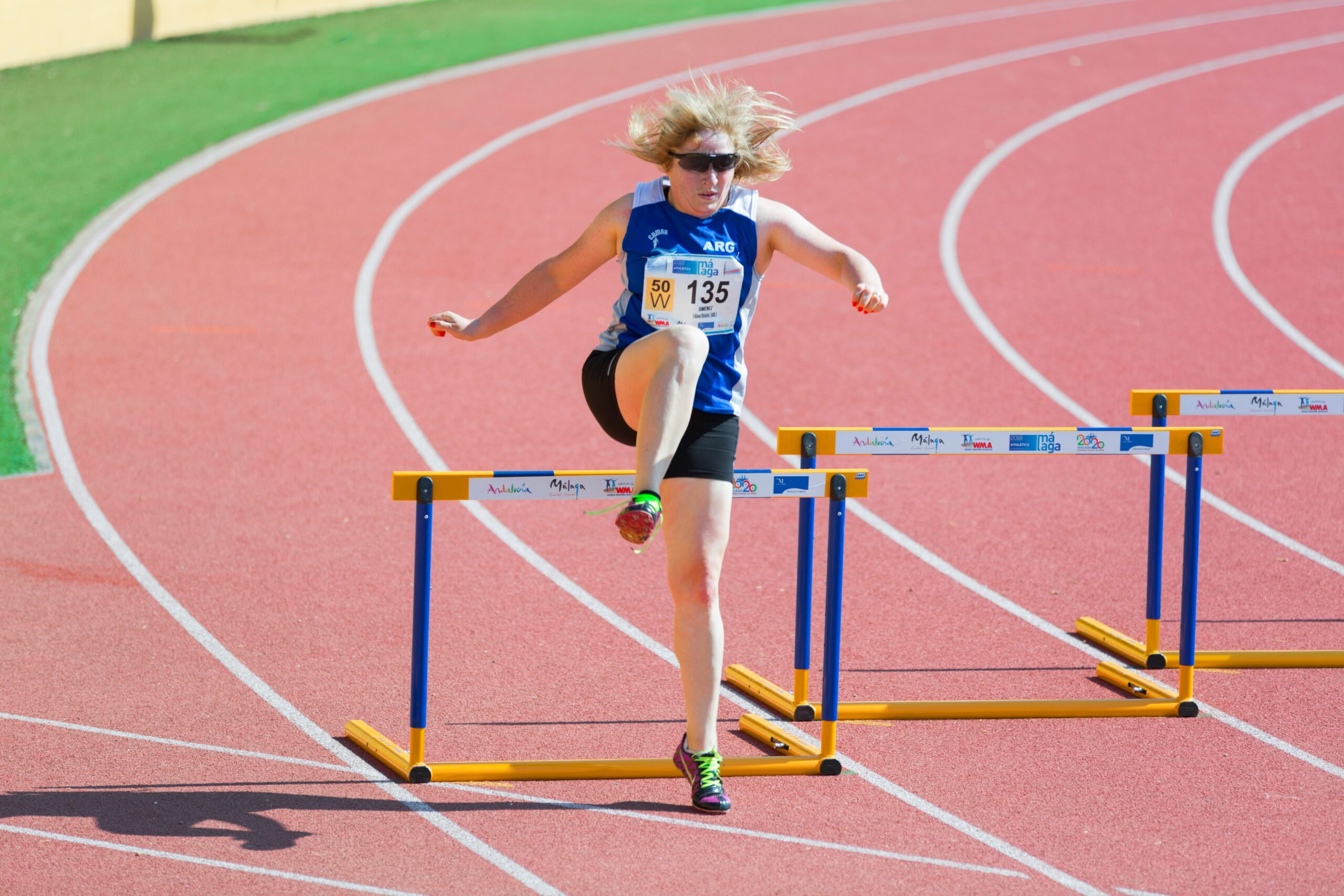Fields of Play: A Guide to Different Sporting Terrains
Sports have always been an integral part of human civilization, providing us with both entertainment and physical activity. From the early days of ancient civilizations to the modern era, various sports have emerged, each with its own unique set of rules and playing conditions. One of the key factors that significantly impact the dynamics of a sport is the playing terrain. In this article, we will explore different sporting terrains and how they influence the game.
Grass Fields
Grass fields are perhaps the most common type of sporting terrain. They are widely used for sports such as soccer, rugby, cricket, and field hockey. The natural texture of grass provides a soft and cushioned surface, reducing the risk of injuries and allowing players to move freely. The ball also tends to roll smoothly on grass, making it ideal for sports that require precise ball control.
However, grass fields require regular maintenance to ensure optimal playing conditions. They need to be mowed, watered, and fertilized to maintain the desired length and quality. Additionally, weather conditions can greatly affect the performance of grass fields. Wet conditions can make the surface slippery, while dry conditions can make it hard and uneven.
Artificial Turf
Artificial turf has gained popularity in recent years due to its durability and low maintenance requirements. It is commonly used in sports like football, field hockey, and tennis. Unlike natural grass, artificial turf provides a consistent playing surface throughout the year, regardless of weather conditions. It also offers better shock absorption, reducing the risk of injuries.
However, there are some drawbacks to artificial turf. It can be less forgiving on players’ joints, leading to a higher risk of injuries, especially on hard impacts. The ball also tends to bounce differently on artificial turf compared to natural grass, requiring players to adapt their techniques accordingly.
Hard Courts
Hard courts, typically made of concrete or asphalt, are commonly used for sports like basketball, tennis, and volleyball. The hard surface provides good traction and allows for fast-paced gameplay. It also offers consistent ball bounce, making it easier for players to anticipate and react.
However, the hard surface of these courts can be unforgiving on players’ joints, leading to a higher risk of impact-related injuries. Additionally, hard courts can become slippery when wet, increasing the chances of slips and falls.
Clay Courts
Clay courts are primarily used in tennis and provide a slower playing surface compared to other terrains. The clay surface offers more grip and reduces the ball’s speed, making it ideal for players who rely on spin and control. It also provides a softer landing surface, reducing the risk of injuries.
However, clay courts require regular maintenance, including watering and rolling, to maintain the desired playing conditions. They are also more susceptible to weather conditions, as rain can make the surface slippery and affect the ball’s bounce.
Snow and Ice
In colder climates, winter sports like ice hockey, figure skating, and skiing take center stage. Snow and ice provide unique challenges for athletes, requiring specialized equipment and techniques. The slippery nature of these terrains adds an element of unpredictability to the games, testing the athletes’ balance and agility.
However, snow and ice can also increase the risk of injuries due to the hard impact on falls. Athletes participating in winter sports need to take extra precautions and wear appropriate protective gear.
Sand
Sand is commonly used in beach volleyball and beach soccer. The soft and uneven nature of sand adds an additional challenge to these sports. Players need to exert more effort to move and jump, making the games physically demanding. The sand also provides a cushioned landing surface, reducing the risk of injuries.
However, playing on sand requires a different set of skills and techniques compared to other terrains. The ball tends to sink into the sand, making it harder to control and manipulate.
Overall, the choice of sporting terrain plays a crucial role in shaping the dynamics of a game. Each terrain has its own advantages and challenges, requiring athletes to adapt their skills and strategies accordingly. Whether it’s the lush green grass, the artificial turf, the hard concrete, the clay, the snow, or the sand, the terrain adds an extra layer of excitement to the world of sports.

